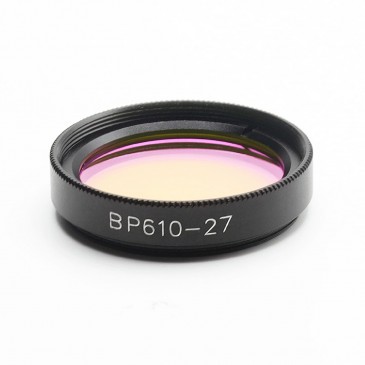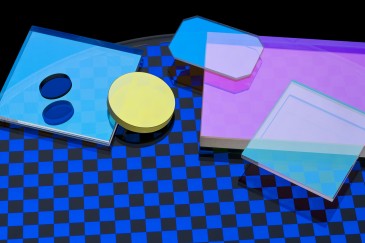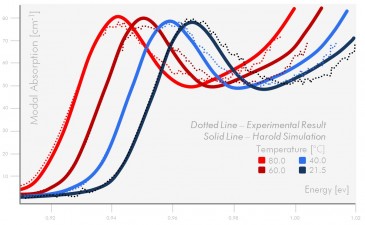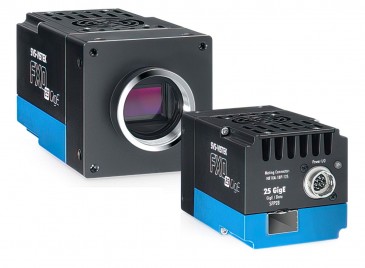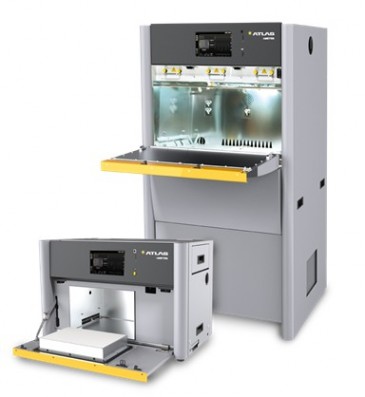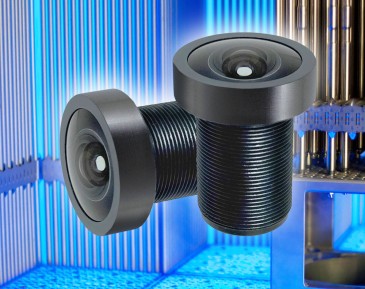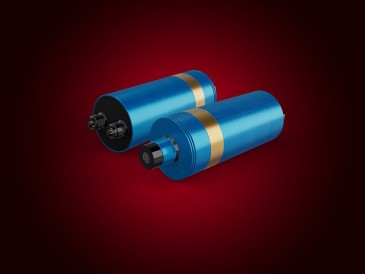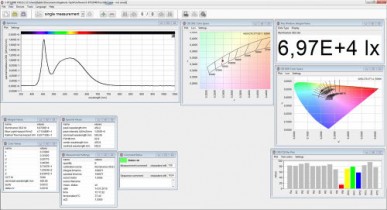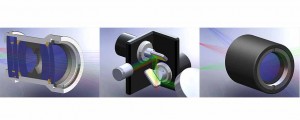
Zemax, LLC announced the release of LensMechanix, a Solidworks add-in that streamlines the workflow between optical and mechanical engineers.
For the first time, mechanical engineers can package, analyze, and validate their optomechanical designs in Soldworks by Dessault Systèmes. They can load OpticStudio files directly into a Solidworks assembly, design mechanical geometry using actual optical geometry, and run ray traces to validate the complete optomechanical design.
LensMechanix works independently from OpticStudio as a Solidworks add-in. Users can download a free 2-week trial at: http://www.zemax.com/lmx/purchase/download-free-trial
Saves time
- Build the mechanical geometry with actual lens dimensions, eliminating the need for STEP, IGES, or STL files.
- Use tools like ray tracing to analyze optical performance of the complete optomechanical assembly to identify and resolve issues early in the design process.
- Eliminate time wasted with file format changes, routine design validations, and file imports and exports.
Saves money
- Identify and resolve issues before building a physical prototype or sending the complete design to the optical engineer to review.
- Get accurate results: LensMechanix includes the same multi-threaded ray tracing engine using Zemax’s industry-leading physics core that is relied on by NASA and most advanced optics companies.
- Analyze integrated mechanical and optical designs in OpticStudio.
Increases efficiency
- Remove bottlenecks and streamline your workflow. Mechanical engineers can now analyze and validate their own designs, and optical engineers can receive and analyze integrated designs in OpticStudio.
- Reduce development iterations and avoid manufacturing mistakes so you get to market faster.
- Simplify the exchange of information between SolidWorks and OpticStudio. Mechanical and optical engineers can design and analyze their work in their preferred environments and formats.























 Back to Products
Back to Products